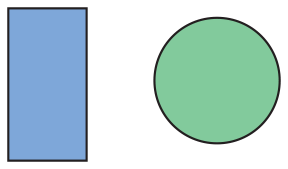T
tally
A way of recording a count by making marks. Tallies are usually grouped in fives.
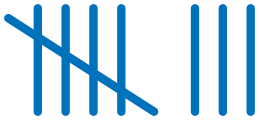
teen numbers
The numbers 11, 12, 13, 14, 15, 16, 17, 18, and 19 are the teen numbers (1 group of 10 and leftover ones).
ten frame
A ten frame is a rectangle made up of two rows of five. Ten frames can help students count, add, subtract, and group numbers.

tens
- The whole numbers that are two digits long (10–99).
- The second place or column from the right is called the tens place. For example, in the number 215, the 1 represents 1 ten.
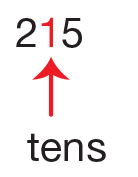
thinking addition
A strategy that uses an addition fact you know to solve a subtraction problem. For example, 10 − 6 = 4 because 6 + 4 = 10.

three-dimensional (3-D)
An object that has length, width, and height like objects in the real world.
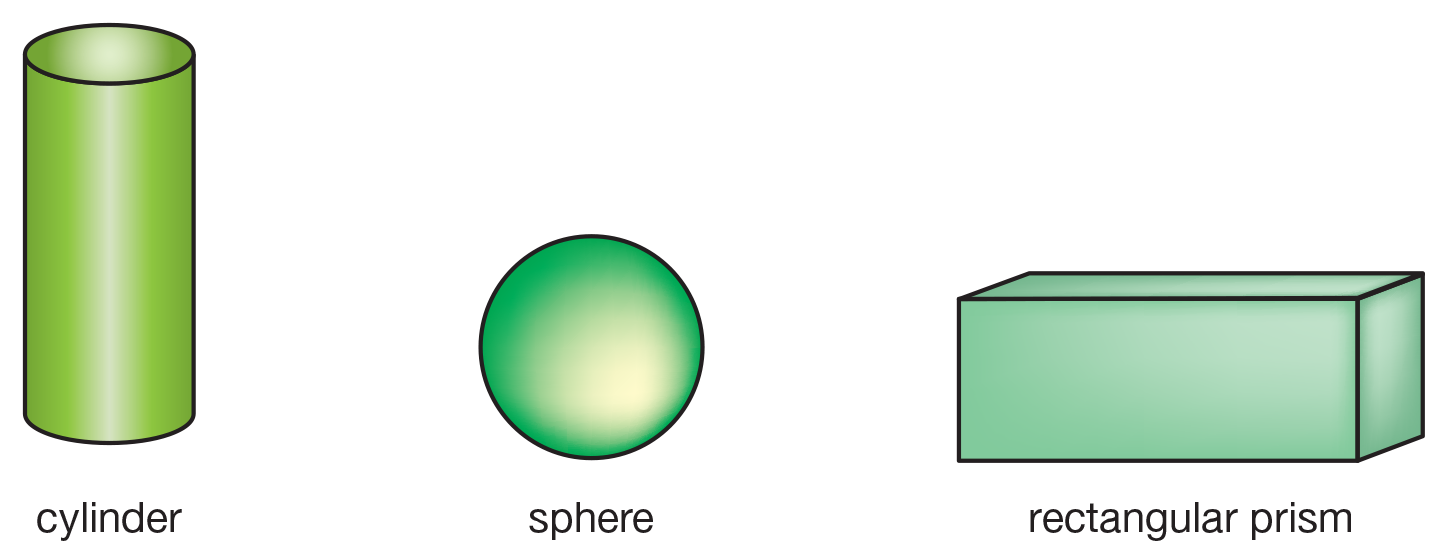
three-dimensional (3-D) drawing
A drawing on paper that is made to look like a three-dimensional (3-D) shape.
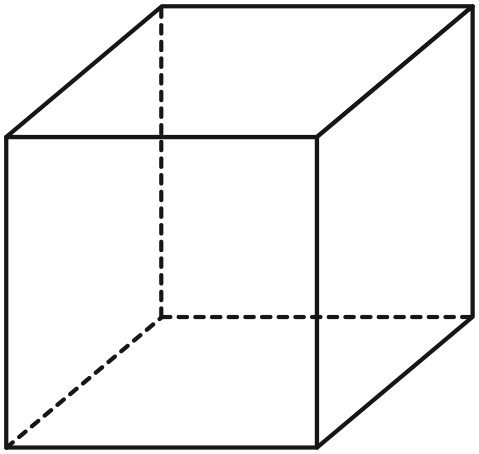
TIMS Laboratory Method
A method used to organize experiments and investigations. There are four steps: draw, collect, graph, and explore. It is a way to help students learn about the scientific method.
tool
An object or device used to develop math skills for counting, adding, subtracting, or representing numbers. For example, number lines, ten frames, beans, and connecting cubes are tools to help solve math problems.
total
The whole amount; the sum of two or more numbers.
trapezoid
- A two-dimensional (2-D) shape with exactly one pair of parallel sides.
- A two-dimensional (2-D) shape with at least one pair of parallel sides.

trial
One test or "try" in an experiment.
triangle
A two dimensional (2-D) shape with three sides and three corners.

true number sentence
A number sentence in which the numbers on both sides of the equal sign have the same value.

turn-around fact
Addition facts that have the same addends but in a different order; for example, 3 + 4 = 7 and 4 + 3 = 7. (See also commutative property of addition and turn-around rule.)
turn-around rule
Changing the order of the addends does not change the sum. (See also commutative property of addition and turn-around fact.)
twelfths
Twelve parts of a whole that are the same size. (See also fair share and one-twelfth.)
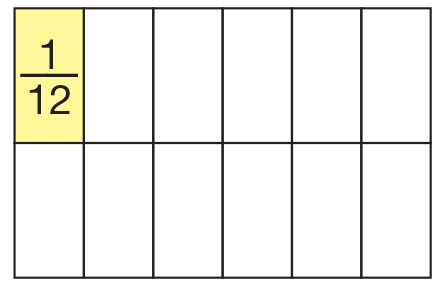
two-dimensional (2-D)
A shape having length and width but no thickness.
